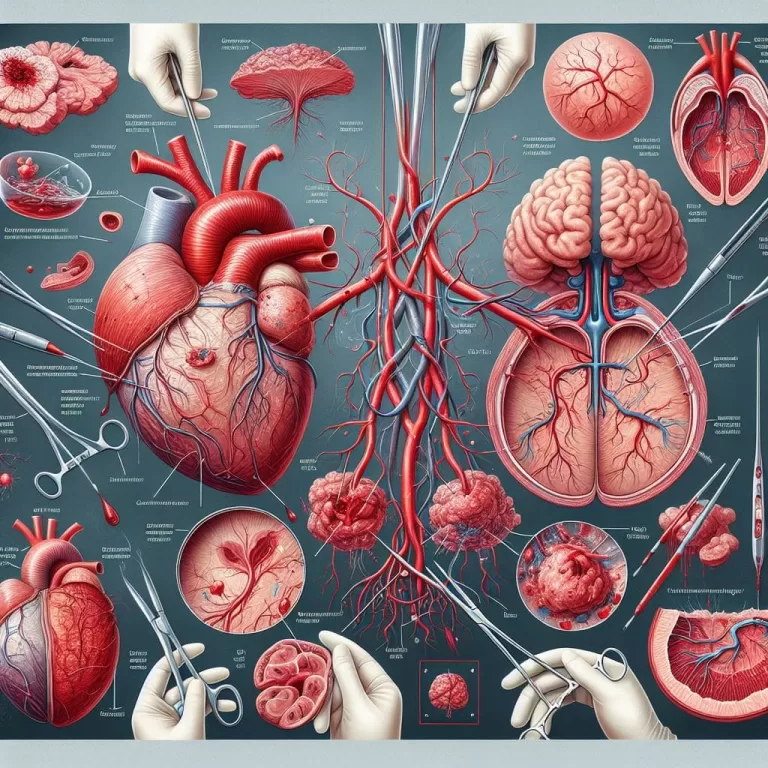Spinal AVM
**Spinal AVM: Comprehensive Overview and Treatment Options**
**Description:**
Spinal arteriovenous malformations (AVMs) are abnormal connections between arteries and veins in the spinal cord or vertebrae. These tangled blood vessels can disrupt blood flow, leading to neurological deficits or spinal cord damage. Understanding the causes, symptoms, and treatment options for spinal AVMs is crucial for effective patient management.
**Causes and Symptoms:**
The exact cause of spinal AVMs is unknown, but they can be congenital or acquired due to trauma. Common symptoms include back pain, radicular pain, weakness, numbness, and progressive neurological deficits.
**Diagnosis and Imaging:**
Diagnosis involves a thorough physical examination, imaging studies (e.g., MRI, angiography), and spinal fluid analysis. These tests help visualize the AVM, determine its location, and assess its impact on the spinal cord or surrounding structures.
**Treatment Options:**
Treatment aims to prevent further damage and preserve neurological function. Options include:
* **Microsurgery:** A complex procedure that involves removing the AVM surgically.
* **Endovascular Embolization:** Blocking the blood supply to the AVM using liquid or particulate materials.
* **Radiation Therapy:** Directing high-energy radiation to shrink the AVM.
* **Medications:** Pain relievers, muscle relaxants, and anticonvulsants can help manage symptoms.
**Outlook and Prognosis:**
The prognosis for spinal AVMs varies depending on their size, location, and severity. Treatment can significantly improve outcomes but may not always prevent neurological deficits. Early diagnosis and appropriate management are essential to minimize complications and preserve patient quality of life.
Arteriovenous Malformation (AVM) Surgery: Comprehensive Overview

Three kinds of surgery are capable of treating an arteriovenous malformation, a tangle of blood vessels that impedes blood flow. An arteriovenous malformation (AVM) is a rare, noncancerous entanglement of blood vessels that prevents blood from flowing between your arteries…
